Your Cart is Empty
TALK TO AN EXPERT: Call, Text or Chat Mon-Friday 10AM-5PM CST [ 1-844-WILDOAK ]
Menu
-
- Berkey Water Filters
- Homesteading
- Composting Toilets
- DIY Shed Kits
- Barndominium Kit
- Garage Kits
- Chicken Coops
- Dairy Equipment
- Propane Wall Heater
- Harvest Right Freeze Dryers
- Water Filtration
- Greenhouse Kits
- Solar Fridge & Freezers
- Solar Generators
- Solar Panels
- Beekeeping
- Poultry Processing
- Dog Kennels
- Gazebo Kit
- Saunas
- Hunting Blind
- Compost Tumbler
- Drip Irrigation Kit
- Shade Cloth
- Living Off The Grid
- Off Grid Toilet
- Composting Toilets
- Incinerating Toilet
- Chicken Coops
- Greenhouses
- DIY Shed Kits
- Barndominium Kit
- Garage Kits
- Poultry Processing
- Dog Kennels
- BeeKeeping
- EMP & Signal Protection
- Emergency Food Kits
- Freeze Dryers
- Solar Generators, Panels and Batteries
- Solar Fridge & Freezers
- Propane Wall Heater
- Water Filtration
- Coolers and Cooking
- Gazebos
- Portable Sauna
- Camping Cot
- Hunting Blind
- Canvas Tents
- Prepping
- Overlanding Gear
- Composting Toilets
- Solar Generators
- Brands
- Chicken Coop Brands
- Composting Toilet Brands
- Solar Brands
- Food Storage Brands
- Freeze Dryer Brands
- Water Filtration Brands
- Incinerating Toilet
- Dry Flush Toilet Brands
- Waterless Toilet Brands
- Heater Brands
- EMP Shield Brands
- Tent Brands
- Cot Brands
- Cooler Brands
- Stove & Grill Brands
- Dog Kennels
- Greenhouse & Gazebo Brands
- Portable Saunas
- DIY Shed Kits
- About Us
- Resource Center
- The Ultimate Prepper & Emergency Survival Blog - Includes Free eBook
- Beginners Guide to Living off The Grid - Includes Free eBook
- Building Your Own Emergency Food Supply
- Best Survival Food to Be Prepared for Anything
- Berkey Lab Tests & Certifications
- Federal Solar Tax Credit - What You Need to Know
- BLOG
-
- 1-844-945-3625
- Login

TALK TO AN EXPERT: Call, Text or Chat Mon-Friday 10AM-5PM CST [ 1-844-WILDOAK ]
Should I Buy a New Furnace or Martin Wall Heater?
When the cold air of winter sets in, the need for a reliable heating system becomes a top priority. Homeowners are often faced with the dilemma of either replacing an existing furnace or switching to a propane heater.
With options like natural gas furnaces, electric heat pumps, and propane heaters on the table, choosing the right furnace replacement versus installing a Martin Propane Heater is essential for comfort and cost savings.
Key Takeaways
Furnace Replacement Costs
Replacing a furnace involves significant initial and long-term costs, influenced by the type of unit, installation fees, energy efficiency, and available rebates.
Assessing Martin Propane Wall Heaters
Martin propane wall heaters offer a cost-effective, flexible heating solution with lower initial costs and maintenance needs compared to traditional furnaces.
Comparing Energy Sources
Evaluating energy sources involves considering cost per unit, availability, environmental impact, efficiency, climate suitability, and maintenance requirements.
Factors When Making the Decision
Choosing between a furnace and a propane heater depends on home size, climate, budget, financing options, and personal comfort preferences.
Furnace Replacement Costs
Is it time to replace my furnace or get a propane heater? That’s a question many homeowners ask when faced with another winter with an old, unreliable heating system from years ago.
Replacing an old furnace, whether with a natural gas, propane furnace, or an electric heat pump, is a major investment. Understanding the costs involved, both initial and long-term, as well as available financing options, can help you make an informed decision.
Purchase Price of a New Furnace
When thinking about replacing your hot air furnace, the first cost to consider is the purchase price of the new unit. Natural gas furnaces are popular for efficiency and cost-effectiveness.
Prices for these units generally range from $2,500 to $5,500. A propane furnace, which is a great option for homes without access to natural gas lines, typically costs between $3,000 and $6,000. When considering an electric furnace, expect to spend around $1,200 to $5,000.

Installation Fees and Labor Costs
Installing a natural gas furnace or a propane furnace usually costs between $1,500 and $3,000, depending on the complexity of the installation and the layout of your home. Electric furnaces can be a bit less expensive to install, typically costing between $1,200 and $2,500.
Always budget for potential additional costs such as new ductwork, modifications to existing gas lines, or electrical upgrades.

Energy Consumption and Efficiency
High-efficiency natural gas furnaces and propane furnaces can significantly reduce heating bills. Look for units with an Annual Fuel Utilization Efficiency (AFUE) rating of 90% or higher for the best energy savings.
Electric heat pumps, especially air-source heat pumps, and ground-source heat pumps, offer excellent energy efficiency and can provide both heating and cooling.
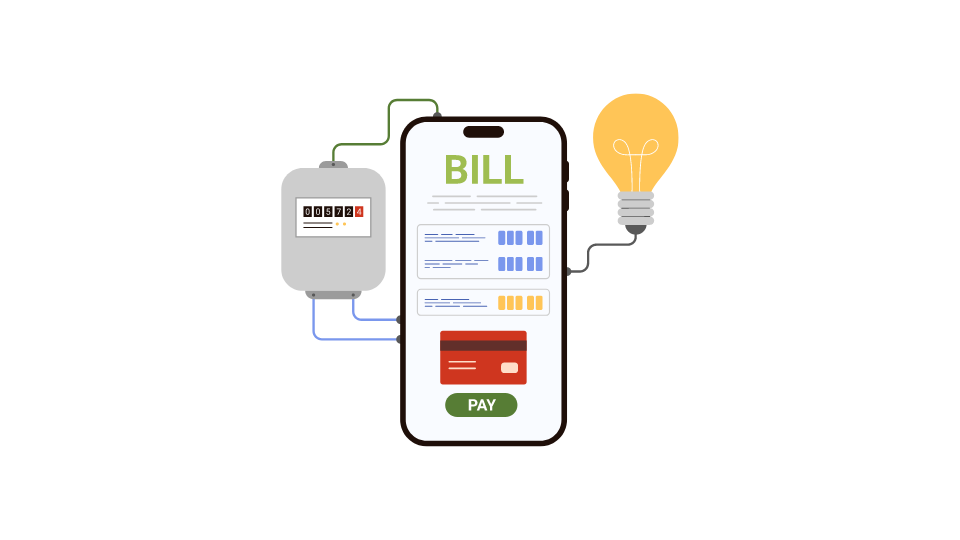
Maintenance and Repair Costs
Regular maintenance is essential to keep your heating system running smoothly and efficiently. Annual check-ups, including cleaning or replacing air filters, inspecting flue pipes, and checking the heat exchanger, can cost around $100 to $200.
Repair costs can vary widely, with minor repairs costing $150 to $500, while major repairs or component replacements might run between $500 and $1,500. Properly maintained systems tend to have lower repair costs over their lifespans.
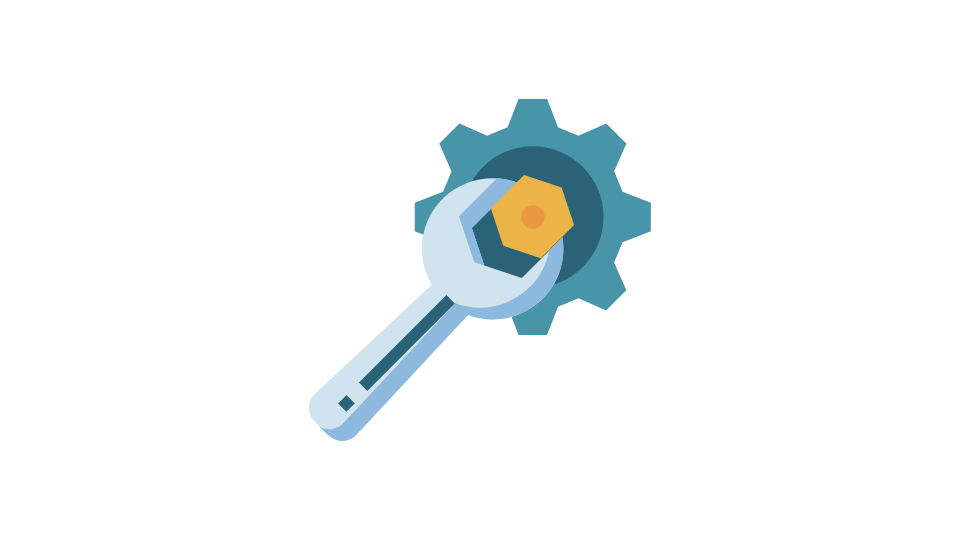
Lifespan and Replacement Frequency
The lifespan of a furnace varies by type and maintenance level. Natural gas and propane furnaces typically last 15 to 20 years. Electric furnaces and heat pumps can have similar lifespans, often lasting up to 20 years with proper care. Considering the long-term investment, a high-efficiency furnace can pay for itself over time through energy savings and reduced heating bills.

Available Rebates and Incentives
Many local utilities and government programs offer rebates and incentives to encourage homeowners to install energy-efficient heating systems. Rebates for high-efficiency natural gas furnaces or propane furnaces can range from $200 to $1,500.
Additionally, installing a heat pump might qualify you for federal tax credits or local incentives. These rebates can substantially lower the initial cost of your new furnace.
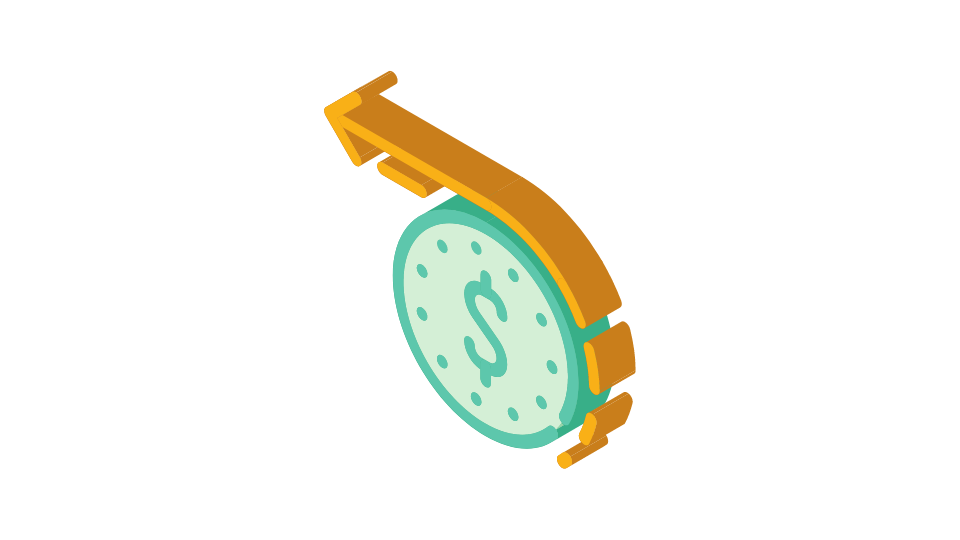
Financing Plans and Loan Options
For many homeowners, financing plans and loan options make replacing a furnace more affordable. Many HVAC companies offer financing plans with low monthly payments and competitive interest rates.
Home improvement loans or energy efficiency loans from banks or credit unions are also viable options. Exploring these financing avenues can help you manage the upfront costs and spread the expense over time.

Assessing Martin Propane Wall Heaters
By carefully assessing the initial and long-term costs, as well as the portability and flexibility of Martin propane heaters, you can make an informed decision that keeps you warm and cozy all winter long.
Purchase Price of Martin Propane Heaters
Martin propane wall heaters are affordable compared to other heating systems like heat pumps and natural gas furnaces. Depending on the model and its features, the purchase price for a Martin propane heater ranges between $800 and $1200. Such a range makes it a competitive option when compared to electric heat pumps or high-efficiency gas furnaces, which often cost more.

Installation Fees and Labor Costs
Unlike complex systems like ground source heat pumps or extensive natural gas furnaces that require significant labor and time, propane heaters are relatively straightforward to install. Installation fees range from $200 to $500, depending on your location and specific installation requirements.
Hiring a professional ensures the unit is safely and properly installed, avoiding any issues related to carbon monoxide or gas leaks.
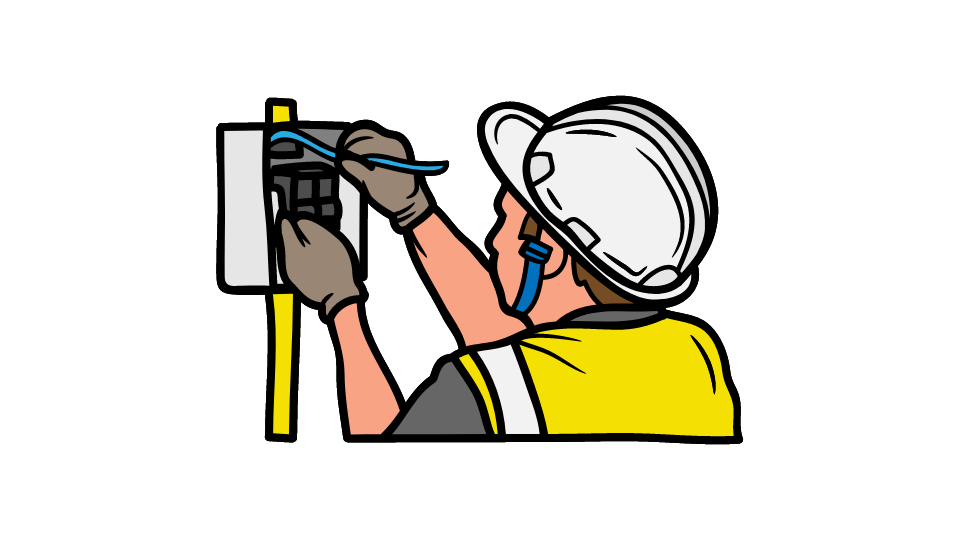
Propane Fuel Costs
Propane is generally cheaper than electricity and can be more cost-effective than natural gas, especially in areas without access to a natural gas line. On average, propane costs around $2.50 per gallon, although this price fluctuates.
For a typical household, using a Martin propane wall heater might require about 500 gallons of propane annually, leading to a yearly fuel cost of approximately $1,250.
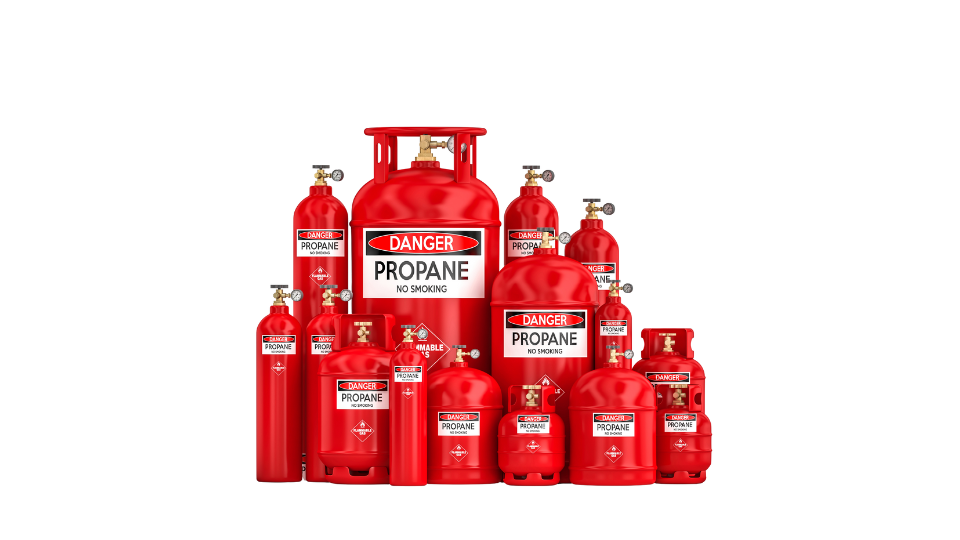
Maintenance and Durability
Unlike electric furnaces, straight electric resistance heat, or complex heat pumps, propane heaters have fewer mechanical parts, reducing the likelihood of breakdowns. Regular maintenance, such as cleaning the air filter and checking the flue pipe, can ensure the system runs efficiently for many years.
Maintenance costs are minimal, with occasional service visits costing around $100 to $200 annually.
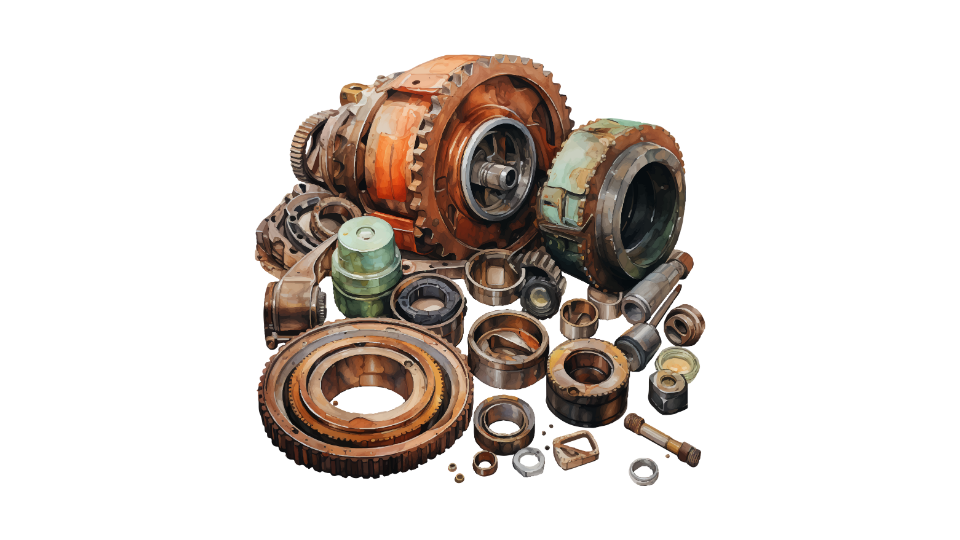
Use in Various Rooms and Spaces
Perfect for heating individual rooms, such as bedrooms, living rooms, or home offices, and can be an excellent supplemental heat source for larger homes with existing furnaces. In milder climates, Martin heaters might serve as the primary heating source, providing efficient and effective warm air without the need for a complex heating system.
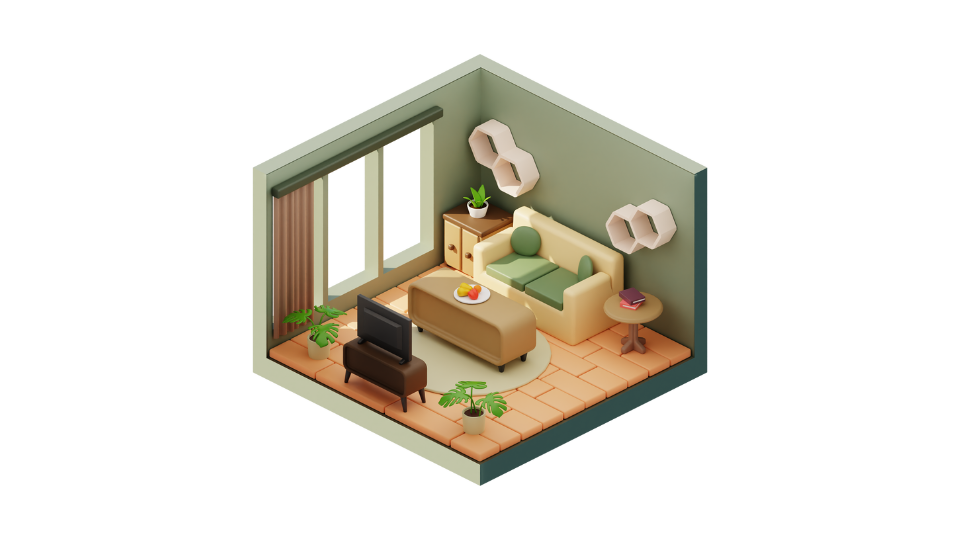
Comparing Energy Sources
| Aspect | Natural Gas | Propane | Heat Pumps |
|---|---|---|---|
| Cost per Unit of Energy | $6 to $10 per million BTUs | $20 to $30 per million BTUs | Higher initial cost ($3,000 to $8,000) but lower operational costs due to high efficiency (300% efficiency) |
| Availability and Supply | Continuous supply via pipeline network. Not available in all areas, particularly rural regions. | Delivered by truck, stored in propane tanks on your property. Viable in areas without natural gas lines but requires tank management. | Can be installed anywhere. Ideal for homes without existing ductwork (ductless units). |
| Environmental Impact | Burns cleaner than propane, producing fewer carbon emissions. | Emits more greenhouse gases than natural gas, but cleaner than oil or coal. | Lower carbon emissions, no carbon monoxide production, aligns with environmentally conscious goals. |
| Efficiency | 80 to 98% efficiency for traditional furnaces. | Around 95% efficiency for modern high-efficiency models. | 300% efficiency, producing three units of heat for every unit of electricity consumed. |
| Climate Suitability | Effective in various climates, especially where natural gas lines are available. | Effective in various climates, particularly rural areas where natural gas isn't available. | In mild climates, an air source heat pump provides both heating and cooling. For colder regions, a ground source heat pump or dual-fuel system that pairs a heat pump with a traditional furnace can ensure comfort even when temperatures drop significantly. |
| Maintenance and Safety | Regular maintenance required. Produces carbon monoxide, requiring proper ventilation and safety checks. | Regular maintenance required. Produces carbon monoxide, requiring proper ventilation and safety checks. | Regular maintenance required. No carbon monoxide risk. |
Factors When Making the Decision
When deciding between a new furnace, a propane heater, a heat pump, or another system, several factors must be considered:

Heating Needs for Different Home Sizes
Larger homes may require powerful systems like natural gas furnaces or ground source heat pumps, while smaller homes might benefit from electric furnaces or ductless units. Mid-sized homes can find propane furnaces or air-source heat pumps to be cost-effective solutions.

Climate
In mild climates, heat pumps, particularly air source types, offer energy-efficient heating and cooling. Electric furnaces and straight electric resistance heat might work but can lead to higher bills. Systems with a heat exchanger or condensing furnace adapt well to fluctuating temperatures.

Evaluating Financing and Incentive Options
Look for financial incentives like government rebates and tax credits for energy-efficient systems. Financing options can spread the cost over time while providing immediate energy savings.
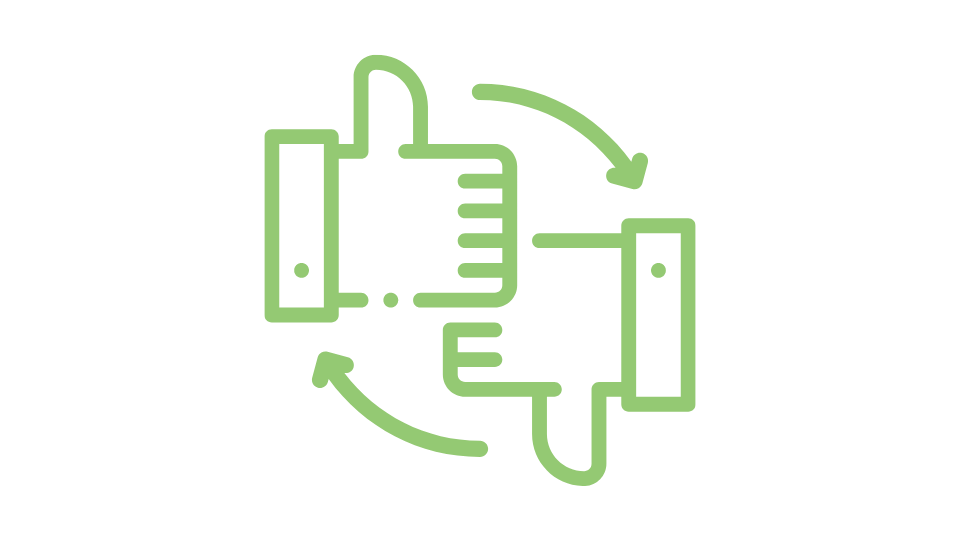
Comfort Preferences
Some prefer the steady, warm air from gas furnaces, while others like the gentle heat from heat pumps. Propane heaters provide quick, intense heat. Consider how each system affects indoor air quality and comfort.
Conclusion
While a wood stove may evoke nostalgia, it is not sufficient for modern heating needs. For long-term energy savings and comfort, propane heaters, heat pumps, and natural gas furnaces are generally better investments than older methods.
When deciding between replacing your furnace or getting a propane heater, consider factors like home size, climate, budget, and personal preferences. Larger homes might benefit from natural gas furnaces or ground-source heat pumps. Meanwhile, the Martin wall propane heater offers a cost-effective solution for mid-sized homes, providing reliable heat, especially in colder climates.
By carefully evaluating your needs, you can choose a heating system that ensures your home remains warm, energy-efficient, and cost-effective throughout the season.

Have any questions or would like to place an order? We'd love to help! Chat with our friendly customer service team by calling 1-844-945-3625, chatting in on our website or email us at customersupport@wildoaktrail.com. We look forward to hearing from you!
Leave a comment
Comments will be approved before showing up.

